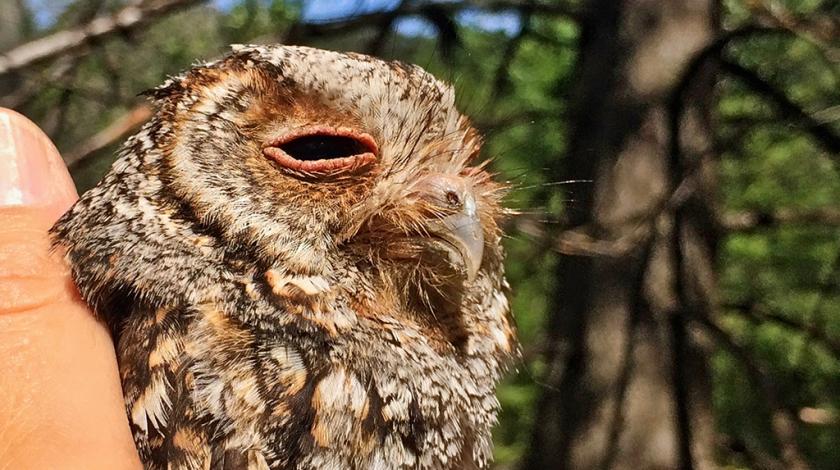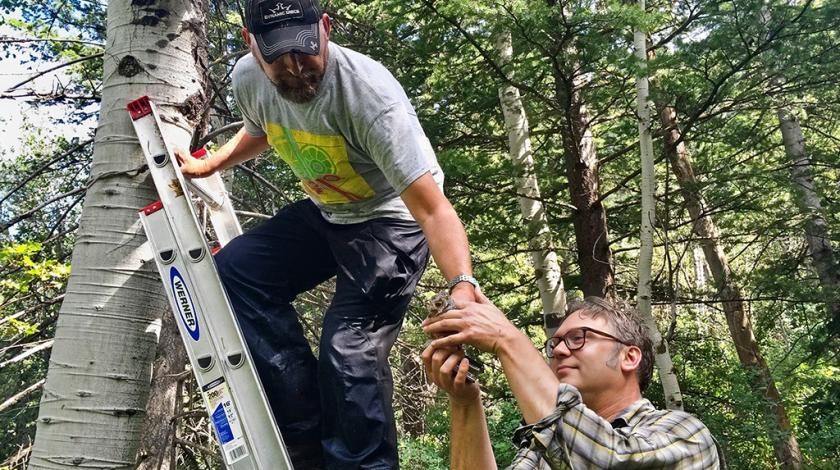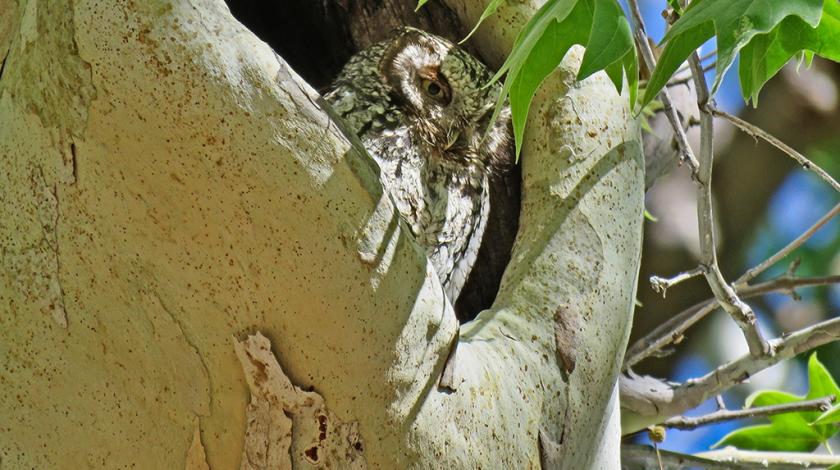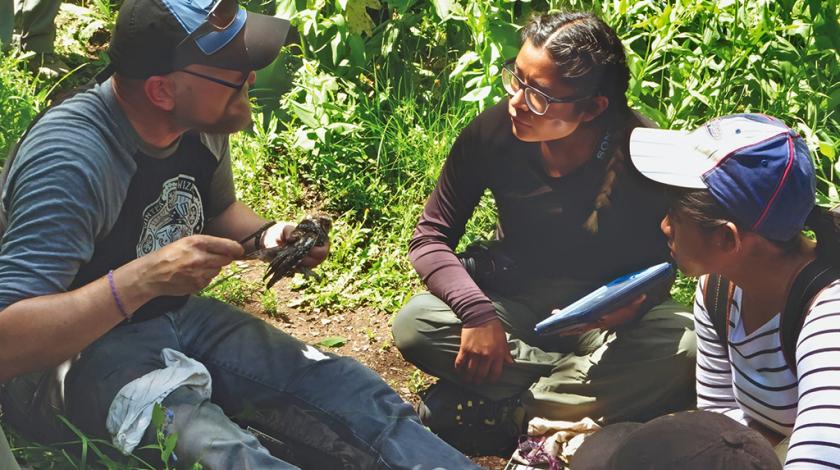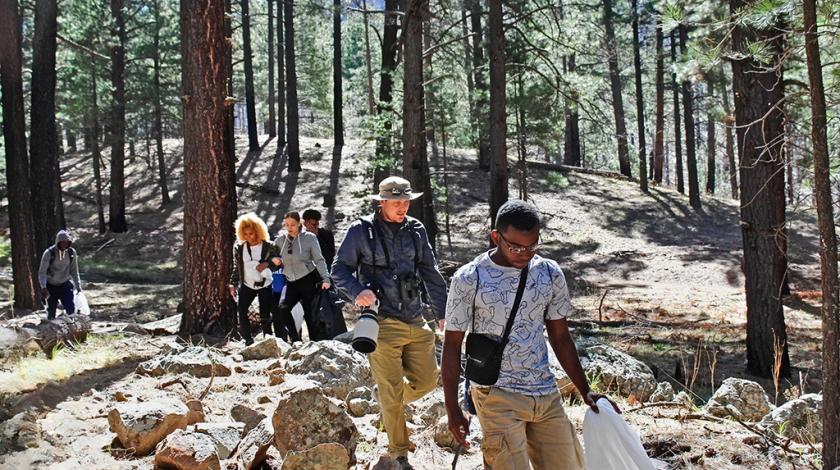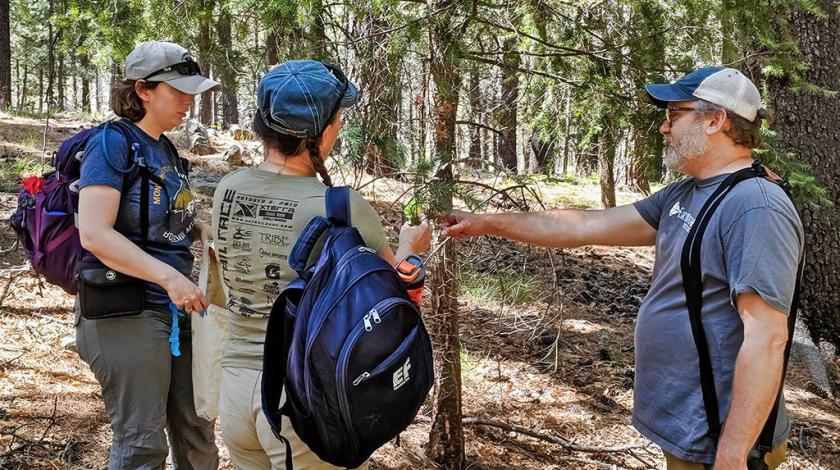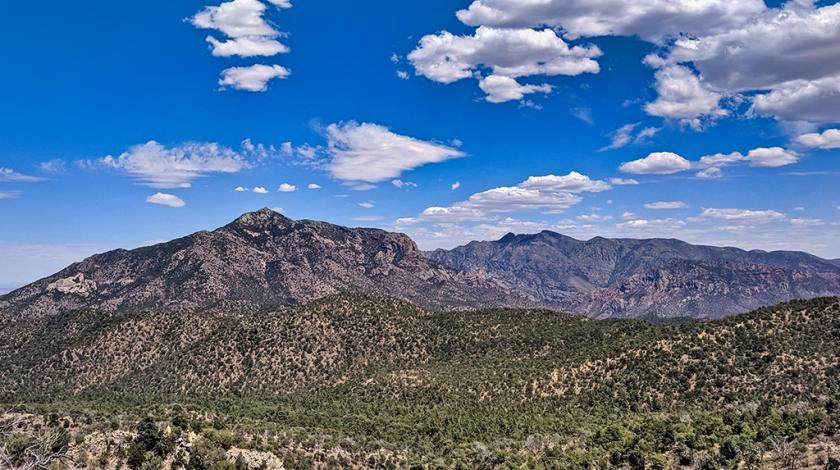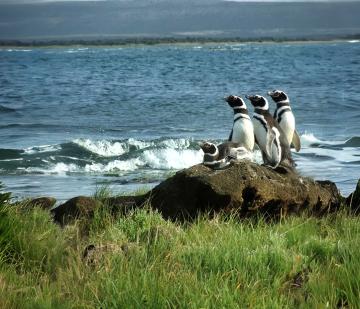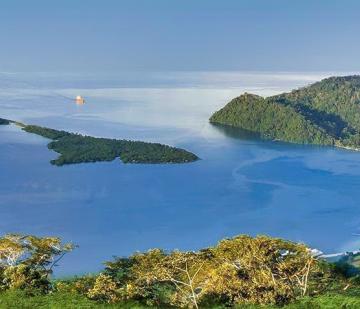BOOK WITH A $500 DEPOSIT
Following Forest Owls in the Western U.S.
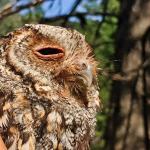
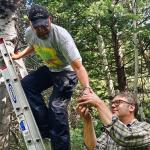
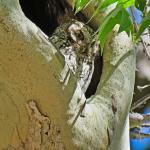
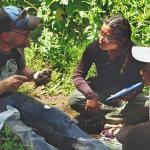
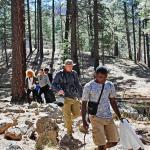
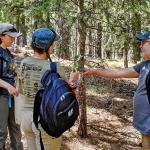
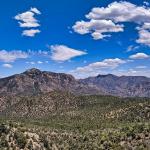
All small forest owls rely on tree cavities for nesting. But what happens when these cavities begin to disappear?
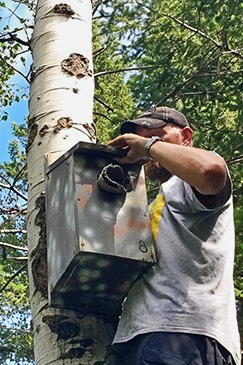 From deep within aspen groves in northern Utah to the riparian canyon and coniferous forests in southeastern Arizona, a suite of small forest owl species—many roughly the size of a human hand—seek out tree cavities, hollow openings such as those carved by woodpeckers, to nest and shelter. The majority of species are nocturnal, hunting for insects, small mammals, and birds under the cover of darkness, taking moths, beetles, centipedes, lizards, and even the occasional bat on the wing.
From deep within aspen groves in northern Utah to the riparian canyon and coniferous forests in southeastern Arizona, a suite of small forest owl species—many roughly the size of a human hand—seek out tree cavities, hollow openings such as those carved by woodpeckers, to nest and shelter. The majority of species are nocturnal, hunting for insects, small mammals, and birds under the cover of darkness, taking moths, beetles, centipedes, lizards, and even the occasional bat on the wing.
But climate change threatens to disrupt the routine of some of these species. Scientists predict that within this century, aspen forests may all but disappear in many areas. Natural tree cavities will disappear, too, affecting not only owls but other species that rely on these cavities. Climate-related changes may also disturb the owls’ food sources. For example, warmer temperatures could affect the timing of when insects or mice emerge from eggs and burrows, events to which many owls’ breeding seasons are carefully linked. Conditions inside hollows could change as well.
Join Earthwatch and partner HawkWatch International in one of two locations—in southeastern Arizona or northern Utah—to study owl ecology in several unique habitats, learn about nesting and breeding behaviors, and investigate the potential impacts climate change will have on owls and other wildlife. During the day, you’ll measure owl habitat—locating tree cavities and taking GPS and other measurements. At night, you’ll listen for the low-pitched ‘boop’ of the Flammulated Owl, the high-pitched laughing of Elf Owls, or the non-stop ‘reverse signal’ tooting of the Northern Saw-whet owl while you survey for, capture, and band owls that fly above you.
A Typical Itinerary
- DAY 1: Arrival, introductions, travel to field station
- DAYS 2–7: Survey for owls, capture owls with mist nets, measure habitat, record the location of tree cavities, and monitor nests.
- DAY 8: Departure
.
HOW YOU WILL HELP
.
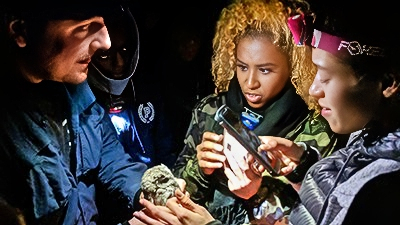
SURVEY AND CAPTURE OWLS AT NIGHT
Listen for responses to recordings of focal owl species used to assess their presence. You’ll help to set up and take down lightweight mist nets with pockets that catch and hold the owls. When you catch one of these little birds, you’ll help the researchers take its measurements, photograph it, and attach a band before releasing it back into the wild.
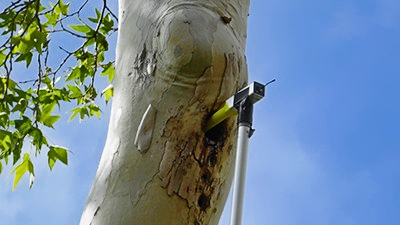
MEASURE THE HABITAT
Search for natural tree cavities and record their GPS locations. Search cavities for evidence of owl usage using mirror poles or specialized video cameras. Measure tree height, canopy cover, tree density, and vegetation in the surrounding habitat.
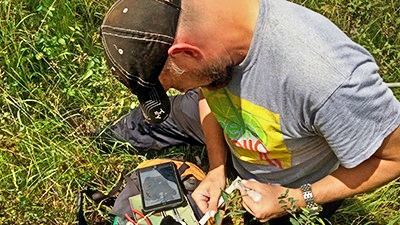
WEIGH AND BAND NESTLINGS
Depending on the season, help researchers weigh nestlings (young owls) found in the cavities or nest boxes and attach bands.
.
Field conditions and research needs can change the itinerary and activities. We appreciate your cooperation and understanding.
.
.
FEEDBACK & QUESTIONS
.
6 Reviews on this Expedition
GET EARTHWATCH NEWSLETTER
Bi-weekly announcements, new expeditions, and updates on our impact around the globe.
.
.
.
